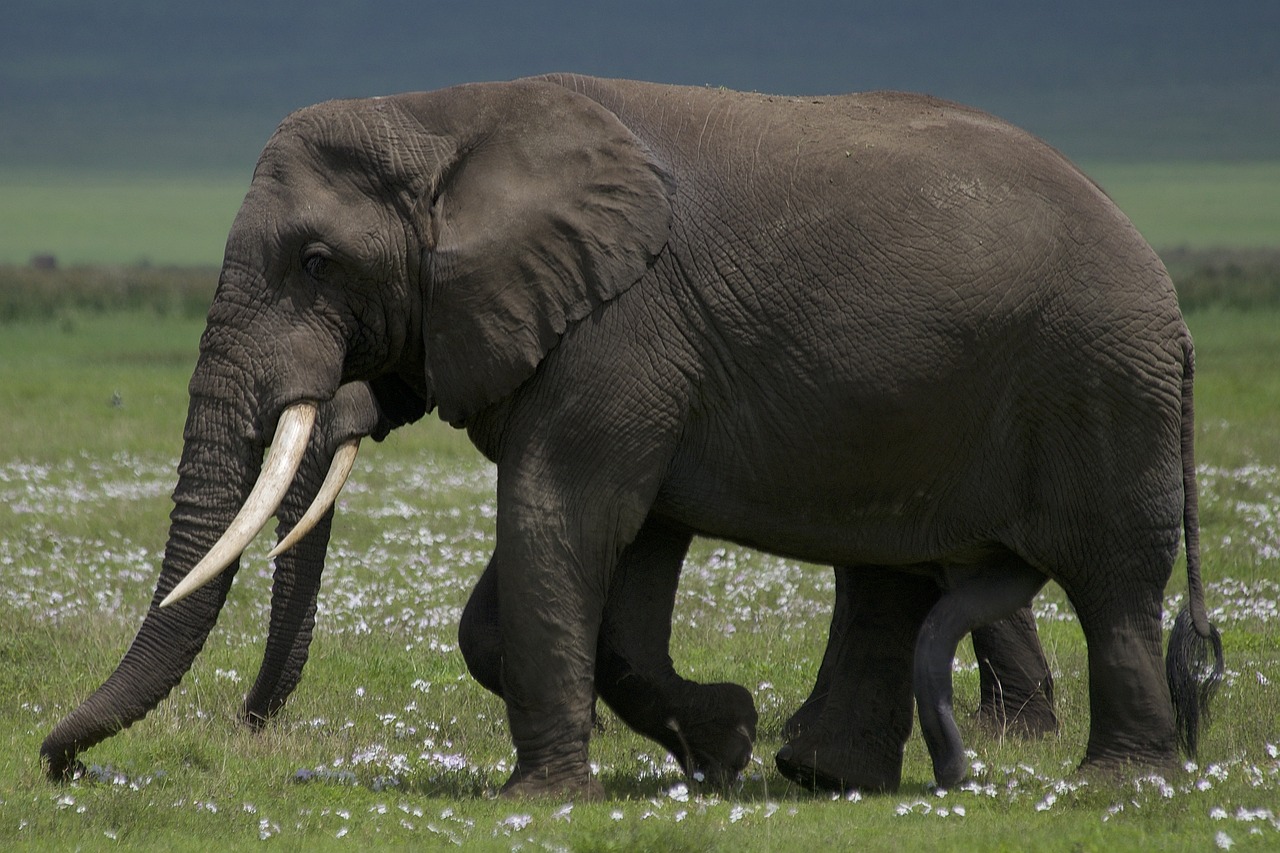
Ngorongoro Conservation Area: A Natural and Cultural Marvel
Nestled in the heart of northern Tanzania, the Ngorongoro Conservation Area is a UNESCO World Heritage site that offers a unique blend of spectacular landscapes, rich wildlife, and vibrant cultural heritage. Spanning approximately 8,292 square kilometers, this area is home to the world-famous Ngorongoro Crater, diverse ecosystems, and the semi-nomadic Maasai people, making it a must-visit destination for those exploring East Africa.
The Ngorongoro Crater: A Geological Wonder
At the heart of the conservation area lies the Ngorongoro Crater, the world's largest intact volcanic caldera. Formed about two to three million years ago, the crater measures approximately 19 kilometers in diameter and has a depth of around 610 meters. Its lush, fertile floor is a haven for wildlife, supporting over 25,000 large animals, including elephants, lions, black rhinoceroses, and a dense population of predators. The crater's unique topography and the permanent water sources make it an ideal habitat for wildlife viewing throughout the year.
Diverse Ecosystems and Abundant Wildlife
Beyond the crater, the Ngorongoro Conservation Area encompasses diverse ecosystems, ranging from open grasslands and savannas to montane forests and woodlands. This variety of habitats supports an incredible array of wildlife, including wildebeests, zebras, buffaloes, and numerous bird species. The seasonal migration of animals between the Serengeti and the Ngorongoro is a breathtaking spectacle that draws nature enthusiasts from around the world.
The Maasai People and Cultural Heritage
The Ngorongoro Conservation Area is not only a natural treasure but also a cultural heartland. The Maasai people, who have lived in harmony with the land for centuries, continue to practice their traditional way of life within the conservation area. Visitors have the opportunity to engage with the Maasai community, learning about their customs, art, and daily life. The presence of Maasai villages and cattle herding practices adds a rich cultural dimension to the conservation area's offerings.
Conservation and Sustainable Tourism
Balancing conservation with the needs of the local communities is a priority for the Ngorongoro Conservation Area. Sustainable tourism initiatives are in place to protect the area's fragile ecosystems while ensuring that the Maasai people benefit from tourism activities. Revenue from tourism supports community development projects, education, and healthcare, fostering a positive relationship between conservation efforts and the local population.
Conclusion
The Ngorongoro Conservation Area is a remarkable destination that captivates visitors with its stunning landscapes, abundant wildlife, and cultural richness. Whether exploring the breathtaking Ngorongoro Crater, witnessing the vibrant Maasai culture, or observing the diverse flora and fauna, a visit to this area promises an unforgettable experience. As conservation efforts continue, the Ngorongoro Conservation Area stands as a testament to the harmonious coexistence of nature and humanity, preserving its wonders for future generations to enjoy.
Book Now
Contact Us
-
Phone Number
+255742054864 -
Email Address
info@afriquestsafaris.co.tz -
Street Address
Kinondoni, Dar es salaam, Tanzania